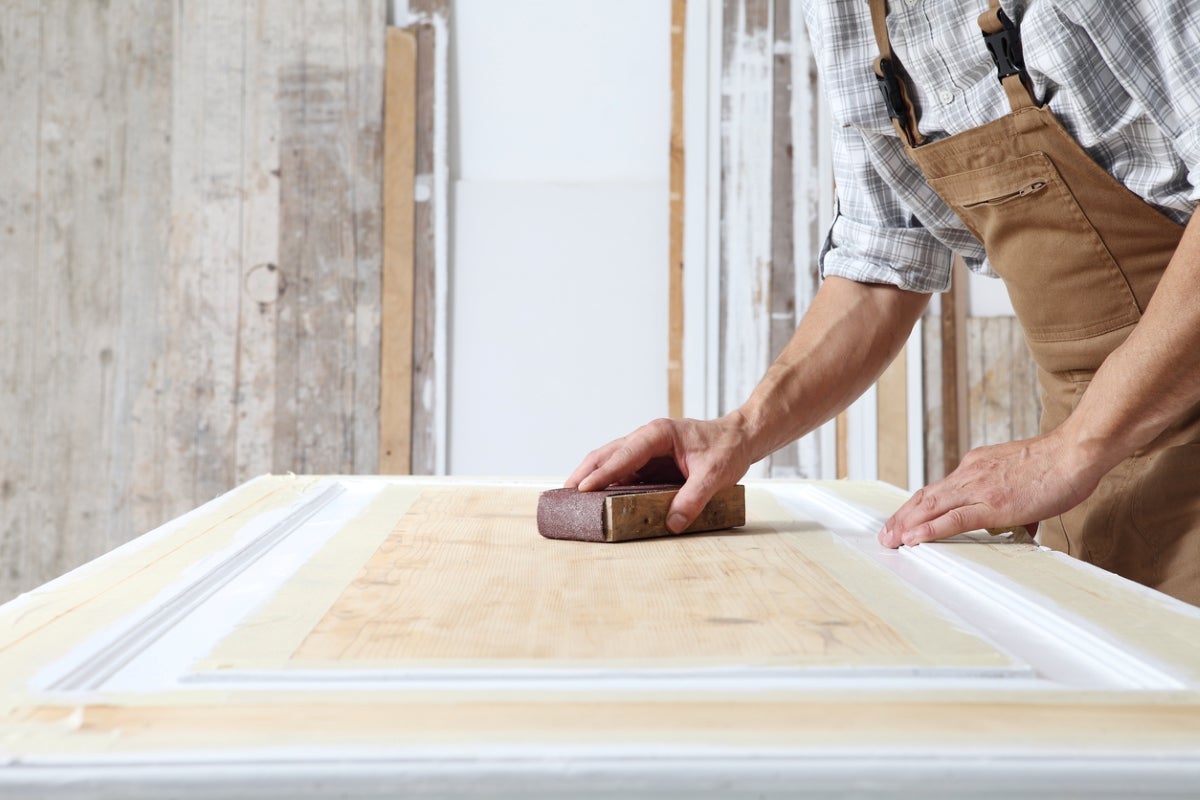

Articles
How To Sand Wood Furniture
Modified: January 9, 2024
Learn how to sand wood furniture and achieve a flawless finish with our expert tips and techniques. Transform your furniture with ease using our step-by-step guide!
(Many of the links in this article redirect to a specific reviewed product. Your purchase of these products through affiliate links helps to generate commission for Storables.com, at no extra cost. Learn more)
Introduction
Welcome to the world of furniture refinishing! Whether you are a DIY enthusiast or a professional woodworker, sanding is an essential step in the process of restoring the beauty and charm of wood furniture. Sanding not only removes the old finishes and imperfections but also creates a smooth surface for the new stain or paint to adhere to. In this article, we will guide you through the process of sanding wood furniture, providing valuable tips and techniques to achieve outstanding results.
Before you dive into sanding, it is important to gather the necessary tools and materials to ensure a successful project. You will need:
- Sandpaper in various grits (coarse to fine)
- Sanding block or sanding sponge
- Electric sander (optional, but highly recommended for larger projects)
- Dust mask and safety goggles
- Tack cloth or lint-free cloth
- Paintbrush or foam brush for applying finishes
- Wood filler (if there are any deep scratches or holes)
Now that you have all your tools ready, let’s move on to the preparation stage. Start by choosing a well-ventilated area or working outside, as sanding can create a lot of dust. It is essential to protect yourself with a dust mask and safety goggles to avoid inhaling fine particles and any potential eye injuries.
Next, ensure that the piece of furniture you are about to sand is clean and free of any loose dirt or debris. Use a brush or a vacuum cleaner to remove any surface dust, as this can interfere with the sanding process. Inspect the furniture for any repairs that need to be made, such as loose joints or missing parts. It is best to address these issues before proceeding with sanding.
Once you have prepared the furniture, it’s time to start sanding. The goal of sanding is to remove the existing finish, smooth out any rough areas, and create a consistent surface. To achieve this, you will use a series of sandpaper grits, starting with a coarse grit and progressing to finer grits. The general rule is to start with a low grit (such as 80 or 100) and gradually work your way up to a higher grit (such as 220 or 320) for a smoother finish.
Key Takeaways:
- Transform worn-out furniture into stunning masterpieces by following proper sanding techniques, using the right tools, and applying the appropriate finishes. Embrace creativity and patience to breathe new life into beloved wood pieces.
- Prioritize safety, proper preparation, and patience when sanding wood furniture. Experiment with different techniques, protect yourself, and enjoy the journey of rejuvenating and beautifying your furniture.
Read more: How To Paint Wood Furniture Without Sanding
Tools and Materials Required
Before you embark on your furniture sanding project, it is essential to gather the necessary tools and materials to ensure a smooth and successful process. Here is a list of the items you will need:
- Sandpaper in various grits: To effectively sand your furniture, you will need a selection of sandpaper with different grits, ranging from coarse to fine. Coarse grits, such as 80 or 100, are used for initial sanding to remove the old finish and imperfections. Medium grits, like 120 or 150, are used for intermediate sanding to smooth out the surface. Fine grits, such as 220 or 320, are used for final sanding to achieve a smooth and polished finish.
- Sanding block or sanding sponge: These tools provide a stable and even surface for sanding. A sanding block is a rectangular block with an abrasive surface, while a sanding sponge is a soft and flexible foam block with abrasive coatings on different sides. Both options allow for comfortable and precise sanding on various furniture surfaces.
- Electric sander: An electric sander, such as a random orbital sander or a belt sander, can greatly speed up the sanding process, especially for larger furniture pieces. It operates by vibrating or rotating the sandpaper, providing a more consistent and efficient result. However, it is important to exercise caution and practice proper technique when using power tools.
- Dust mask and safety goggles: Sanding produces a considerable amount of dust, which can pose respiratory and eye hazards. It is crucial to protect yourself by wearing a dust mask to filter out airborne particles and safety goggles to shield your eyes from dust and debris.
- Tack cloth or lint-free cloth: After sanding, it is crucial to remove any residual dust before applying finishes. A tack cloth, a sticky cloth specifically designed for this purpose, can effectively pick up dust and ensure a clean surface for the next step. Alternatively, a lint-free cloth can be used to wipe away the dust particles.
- Paintbrush or foam brush: Depending on the type of finish you are applying to your furniture, you will need a paintbrush or a foam brush. A paintbrush with natural bristles is suitable for oil-based finishes, while a foam brush works well with water-based finishes. These brushes allow for smooth and even application of the finish, enhancing the final appearance of the furniture.
- Wood filler: If your furniture has any deep scratches, gouges, or holes, a wood filler can be used to repair and level the surface before sanding. Choose a wood filler that matches the color of the wood to create a seamless finish.
Having the right tools and materials on hand will not only make your sanding process more efficient but also help you achieve excellent results. It is important to invest in quality sandpaper and tools to ensure durability and optimal performance. With these essentials, you are ready to embark on your furniture sanding project and breathe new life into your beloved pieces.
Preparation
Before you start sanding your wood furniture, it is crucial to properly prepare the piece to ensure a successful and efficient sanding process. Here are the steps to follow for effective preparation:
- Clean the furniture: Begin by cleaning the furniture to remove any surface dirt, dust, or debris. Use a soft brush or a vacuum cleaner with a brush attachment to gently remove loose particles. Pay close attention to crevices, corners, and intricate details to ensure a thorough cleaning. By removing dirt and debris, you create a clean surface for sanding and prevent scratches caused by coarse particles.
- Repair any damage: Inspect the furniture for any signs of damage, such as loose joints, missing hardware, or deep scratches. Before sanding, it is best to address these issues to ensure the structural integrity of the piece. Use wood glue to reattach loose joints and tighten any screws or hardware. For deep scratches or holes, fill them with a wood filler that matches the color of the wood. Allow the wood filler to dry completely before proceeding with sanding.
- Remove existing finish: If your furniture has a previous finish, such as paint, varnish, or stain, it is essential to remove it before sanding. The type of finish removal method will depend on the specific product used. For paint, you can use a paint stripper or a heat gun to soften and scrape it off. For varnish or stain, a chemical stripper or sanding will be necessary. Follow the instructions provided by the manufacturer and work in a well-ventilated area, wearing protective gloves and a respirator if needed.
- Strip and sand small areas: For intricate or small areas of the furniture that are difficult to reach with larger sanding tools, you can use sanding strips or sanding sponges. Wrap the sandpaper around the strip or sponge and carefully sand these areas by hand. Use long, even strokes and apply consistent pressure to achieve a uniform surface.
- Protect surrounding areas: When sanding a specific area of the furniture, it is important to protect surrounding surfaces to avoid accidental damage. Use painter’s tape or plastic sheeting to cover any adjacent areas that you want to keep untouched. This precautionary step will help maintain the integrity and finish of other parts of the furniture.
- Secure or remove hardware: If your furniture has any hardware, such as drawer pulls or hinges, you have two options. You can either remove the hardware before sanding and reattach it after finishing, or you can secure the hardware in place with painter’s tape to protect it during the sanding process. Assess the accessibility and complexity of the hardware and decide which method is most appropriate for your project.
By following these preparation steps, you will create a clean and stable foundation for sanding your wood furniture. Adequate preparation not only ensures a smoother and more efficient sanding process but also helps to preserve the overall integrity and beauty of the piece. Now that you have completed the preparation stage, you are ready to move on to the actual sanding process and bring new life to your furniture.
Sanding Techniques
Now that you have properly prepared your wood furniture, it’s time to dive into the sanding process. Achieving a smooth and polished surface requires proper technique and attention to detail. Here are some essential sanding techniques to help you achieve the best results:
- Start with coarse grit: Begin sanding with a coarse-grit sandpaper, such as 80 or 100. This grit is ideal for removing the existing finish and smoothing out rough areas. Sand in the direction of the wood grain, applying even pressure and using long, straight strokes. Be cautious not to press too hard, as this can cause uneven sanding or damage to the wood surface.
- Gradually progress to finer grits: As you continue sanding, gradually switch to higher grit sandpapers, moving from medium grit (120 or 150) to fine grit (220 or 320). Each successive grit helps to refine the surface and remove any scratches left from the previous grit. Remember to sand in the direction of the grain, following the natural flow of the wood fibers.
- Use a sanding block or sponge: To ensure an even sanding surface, use a sanding block or sponge. These tools provide stability and control, preventing uneven pressure that can result from hand sanding alone. Wrap the sandpaper around the block or sponge and grip it firmly. This allows for a consistent sanding pressure and prevents the sandpaper from folding or tearing.
- Apply even pressure: When sanding, it is important to apply even pressure across the entire surface. Uneven pressure can result in uneven sanding and create an inconsistent finish. Use your fingers and hands to distribute the pressure evenly on the sanding block or sponge, ensuring a uniform sanding motion.
- Check for smoothness: After sanding with each grit, take the time to inspect the surface for smoothness. Run your hand or a piece of fabric over the sanded area to feel for any rough patches or imperfections. If you notice any areas that require additional sanding, go back to the previous grit and sand those spots until they blend seamlessly with the rest of the surface.
- Blend edges and corners: When sanding furniture with edges and corners, pay extra attention to these areas to avoid creating uneven surfaces. Use a light touch with the sanding block or sponge to prevent over-sanding. If needed, sand these areas by hand with folded sandpaper to maintain control and precision.
- Remove dust between grits: Between sanding with different grits, use a tack cloth or a lint-free cloth to remove any dust particles clinging to the surface. Cleaning the surface ensures a clean and smooth transition between grits, preventing scratches and preserving the quality of your sanding work.
- Test your progress: To gauge the progress of your sanding, periodically wipe the surface with a clean cloth or apply a small amount of water. This will reveal any remaining imperfections, such as scratches or uneven areas. Adjust your sanding technique accordingly to achieve a flawless and even surface.
By following these sanding techniques, you can achieve a beautifully smooth and polished wood surface. Remember to be patient and take your time to ensure thorough sanding. The effort and attention to detail that you put into the sanding process will be reflected in the final result. Now that you have mastered the art of sanding, it’s time to move on to the next step: cleaning and finishing your furniture.
Sanding Different Types of Wood
Each type of wood has its own unique characteristics and requires specific sanding techniques to achieve optimal results. Here are some guidelines to help you effectively sand different types of wood:
Read more: How To Sand A Wood Floor
Softwoods:
Softwoods, such as pine, fir, and cedar, are more porous and prone to scratches compared to hardwoods. When sanding softwoods, start with a medium-grit sandpaper, around 120 or 150, to remove any roughness or imperfections. Gradually progress to finer grits, such as 220 or 320, to achieve a smooth finish. Be mindful of the pressure applied, as softwoods can easily be over-sanded or dented. Use light, even strokes and be attentive to prevent the sandpaper from clogging with resin or sap, which can affect sanding effectiveness.
Hardwoods:
Hardwoods, such as oak, maple, and mahogany, are denser and require more sanding to achieve a smooth surface. Begin with a coarse-grit sandpaper, like 80 or 100, to remove any existing finish or imperfections. Progress to finer grits, such as 150 and 220, to refine the surface and create a polished finish. Take care not to press too hard during sanding, as it can result in uneven surfaces. Hardwoods may also have pronounced grain patterns, so be mindful of the direction you sand to maintain consistency.
Exotic Woods:
Exotic woods, like teak, rosewood, and ebony, are known for their unique colors and patterns. When sanding exotic woods, it is essential to use fine-grit sandpaper, such as 220 or higher, to preserve their natural beauty. Exotic woods are often more resistant to scratches, but caution should still be exercised to avoid sanding too aggressively. Pay close attention to the direction of the grain, as sanding against it can leave unwanted marks on the surface. Utilize a light touch and take your time to highlight the distinct characteristics of the wood.
Veneer Surfaces:
Veneer surfaces are thin layers of wood applied to a substrate or core material. When sanding veneer, it is crucial to be gentle and avoid sanding through the thin layer. Begin with a very fine-grit sandpaper, such as 220 or higher, and use light, even strokes. Take care not to apply too much pressure or sand the same area excessively. It is advisable to test your sanding technique on a small, inconspicuous area to ensure the veneer remains intact and undamaged.
Read more: How To Sand Patio Furniture
Reclaimed or Antique Woods:
Reclaimed or antique woods often possess character and patina that should be preserved during sanding. It is recommended to use a light touch and employ hand sanding techniques to maintain their unique appearance. Start with a medium-grit sandpaper, like 120 or 150, being careful not to remove the natural charm and history of the wood. Gradually progress to a fine-grit sandpaper for final touches, ensuring minimal alteration to the wood’s original features.
As you work with different types of wood, take note of their specific characteristics and adjust your sanding technique accordingly. Experimentation and practice will help you develop a better understanding of each wood’s behavior and allow you to achieve the desired results effectively.
Cleaning and Finishing
After completing the sanding process, it is essential to clean the wood surface thoroughly before moving on to the finishing stage. Cleaning not only removes any residual sanding dust but also prepares the wood for the application of stains, paints, or sealants. Here are some steps to follow for proper cleaning and finishing:
- Remove sanding dust: Use a tack cloth or a lint-free cloth to gently wipe away any sanding dust from the surface. Be thorough in your cleaning, ensuring that all areas, including crevices and corners, are free from dust particles. The tack cloth’s sticky surface helps pick up fine dust, providing a clean base for the finishing.
- Apply wood conditioner (optional): Depending on the type of wood you are working with, you may choose to apply a wood conditioner before adding any stains or finishes. Wood conditioner helps even out the absorption of stain, preventing blotches or uneven coloring on porous woods. Follow the manufacturer’s instructions for application and drying time.
- Choose a finish: Select a finish that suits your desired aesthetic and the level of protection you want for your wood furniture. You can choose from various options such as oil-based or water-based stains, clear varnishes, polyurethane, lacquer, or wax. Consider factors like durability, ease of application, and the level of sheen you prefer when making your selection.
- Test finishes on a small area: Before applying the chosen finish to the entire piece, it is recommended to test it on a small, inconspicuous area of the wood to ensure you achieve the desired result. Different finishes can alter the appearance of the wood, so it is essential to confirm that the color and finish are to your liking.
- Apply the finish: Use a clean, high-quality paintbrush, foam brush, or cloth to apply the chosen finish in smooth, even strokes. Follow the manufacturer’s instructions for application techniques and drying time. If applying multiple coats, allow each coat to dry fully before proceeding with the next one. Take care to avoid drips or pooling of the finish.
- Sand between coats (if necessary): Depending on the type of finish and the desired level of smoothness, you may need to lightly sand the surface between coats. Use a fine-grit sandpaper, such as 220 or higher, to gently sand the dried finish. This helps to remove any imperfections and create a smoother surface for subsequent coats.
- Allow for proper curing/drying: After applying the final coat of finish, ensure that you allow adequate time for the finish to cure or dry completely. Follow the manufacturer’s instructions for recommended drying times. It is important to avoid using or placing any objects on the furniture until the finish has fully cured to prevent damage or imprints.
- Final touch-ups: Once the finish has dried, inspect the furniture for any areas that may require touch-ups. Use fine-grit sandpaper to gently smooth out any uneven spots or imperfections. Wipe away any sanding residue with a clean cloth, and then apply a final coat of finish as needed.
By following these steps, you can effectively clean and finish your wood furniture, enhancing its beauty and protecting it for years to come. Remember to work in a well-ventilated area and follow the manufacturer’s instructions for the chosen finishing product. With patience and meticulousness, you can achieve a stunning final result that showcases the natural beauty of the wood.
Tips and Tricks
When it comes to sanding wood furniture, a few tips and tricks can go a long way in ensuring a successful and efficient process. Here are some valuable tips to consider:
- Start with the right grit: Choosing the appropriate grit sandpaper is crucial. Begin with a coarse grit to remove the old finish or imperfections and gradually work your way up to finer grits for a smooth finish. This helps prevent unnecessary sanding and saves time.
- Sand with the grain: Always sand in the direction of the wood grain. Sanding against the grain can cause scratches and leave unsightly marks on the surface. Following the natural flow of the wood fibers ensures a consistent and attractive finish.
- Use proper sanding technique: Apply even pressure and use long, consistent strokes when sanding. Avoid applying excessive force or sanding too aggressively, as this can damage the wood. Practice proper sanding technique to achieve a uniform and smooth result.
- Protect yourself: Sanding can create a lot of dust. Protect yourself by wearing a dust mask and safety goggles to prevent inhalation of particles and eye injuries. Additionally, consider wearing gloves to protect your hands from rough surfaces and chemicals.
- Work in a well-ventilated area: Sanding generates a considerable amount of dust. To minimize its impact, work in a well-ventilated area or outdoors. Good ventilation helps clear the air and keeps the dust from settling back onto the furniture.
- Take breaks: Sanding can be physically demanding, especially for larger or more intricate furniture pieces. Remember to take breaks and stretch to avoid fatigue and strain. This will help maintain focus and precision throughout the sanding process.
- Inspect your work: Periodically inspect the surface while sanding to make sure you are achieving a smooth and consistent finish. Run your hand over the surface or use a light source to check for any imperfections or uneven areas that require further sanding or touch-ups.
- Clean regularly: Regularly clean your sandpaper or sanding block to keep it effective. Use a brush or a sandpaper cleaning tool to remove dust and debris that can clog the abrasive surface. Clean equipment ensures optimal sanding and prolongs the lifespan of your tools.
- Take care of your hands: Constant contact with sandpaper can dry out and irritate your hands. Apply moisturizer before and after sanding to keep your skin hydrated. Additionally, consider using a hand lotion specifically designed for protection against irritants and to restore moisture.
- Experiment with different techniques: Sanding allows you to experiment with various techniques to achieve different finishes. Consider distressing to create a vintage look, or try different sanding patterns for a unique texture. Use scrap wood or inconspicuous areas to practice and fine-tune your desired techniques.
By implementing these tips and tricks, you can enhance your sanding skills and achieve professional-looking results. Remember that practice makes perfect, and with each project, you will gain more confidence and refine your techniques. Enjoy the process and let your creativity shine through as you transform your wood furniture into stunning pieces.
When sanding wood furniture, start with a coarse-grit sandpaper to remove old finish or imperfections, then gradually move to finer grits for a smooth finish. Always sand with the grain to avoid scratches.
Conclusion
Sanding wood furniture is a fundamental step in the process of restoring and beautifying your beloved pieces. By following the proper techniques and using the right tools, you can achieve outstanding results that showcase the natural beauty of the wood. In this article, we have explored the essential tools and materials required for sanding, the importance of proper preparation, various sanding techniques for different types of wood, the cleaning and finishing process, as well as valuable tips and tricks to make your sanding journey more efficient and enjoyable.
Remember to approach each project with patience, attention to detail, and a focus on preserving the inherent qualities of the wood. Take the time to properly prepare your furniture, removing any existing finish or repairing any damage, before embarking on the sanding process. Gradually progress through different grits of sandpaper, always sanding with the grain and using proper technique. Once the sanding is complete, thoroughly clean the surface and apply the desired finish, following the manufacturer’s instructions.
Throughout your sanding journey, keep in mind the importance of safety precautions. Always protect yourself with a dust mask, safety goggles, and appropriate clothing. Additionally, work in a well-ventilated area or outdoors to minimize the impact of the dust generated during sanding.
As you gain more experience with sanding, you will develop a deeper understanding of different wood types and their characteristics. This knowledge will enable you to refine your sanding techniques and achieve exceptional results for each unique project you undertake.
So go ahead, pick up your sandpaper, and breathe new life into your furniture. With the right tools, techniques, and a touch of creativity, you can transform worn-out and weathered pieces into stunning masterpieces that will be cherished for years to come. Don’t be afraid to experiment, have fun, and let your passion for woodworking shine through in every stroke of the sandpaper. Happy sanding and enjoy the beautiful journey of rejuvenating your wood furniture!
Frequently Asked Questions about How To Sand Wood Furniture
Was this page helpful?
At Storables.com, we guarantee accurate and reliable information. Our content, validated by Expert Board Contributors, is crafted following stringent Editorial Policies. We're committed to providing you with well-researched, expert-backed insights for all your informational needs.
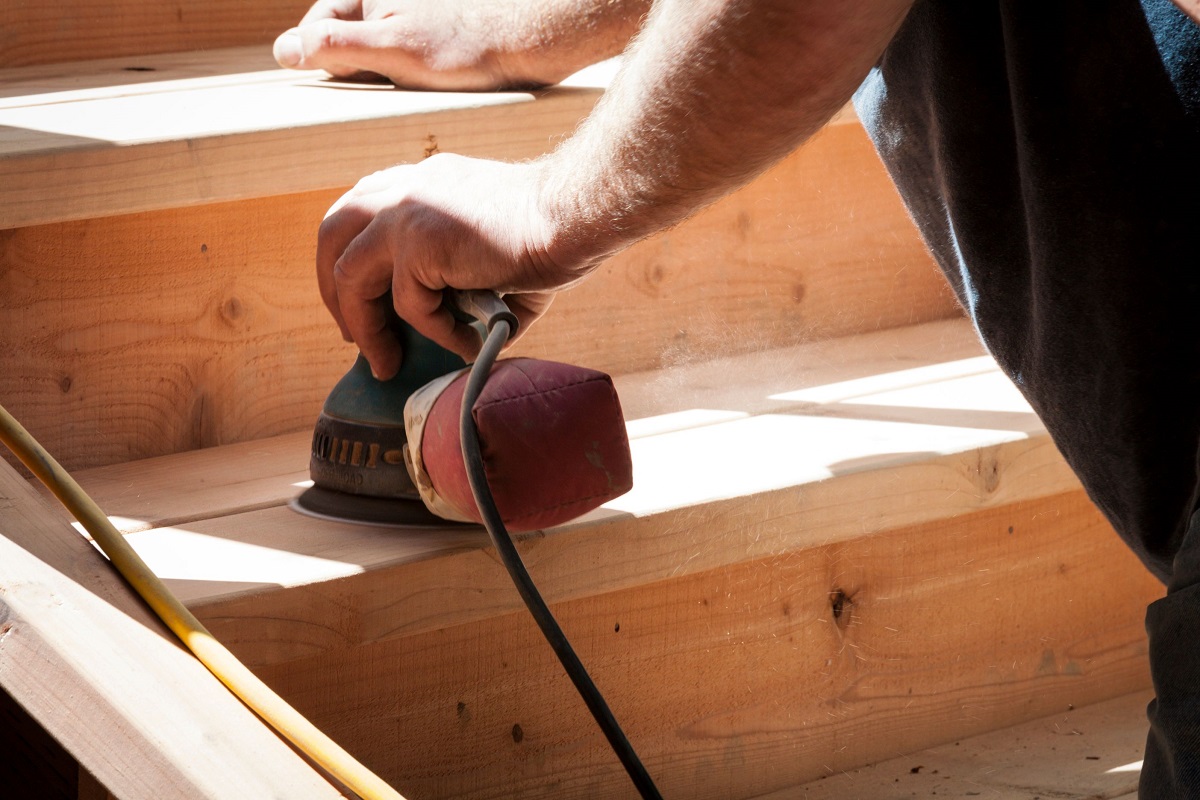
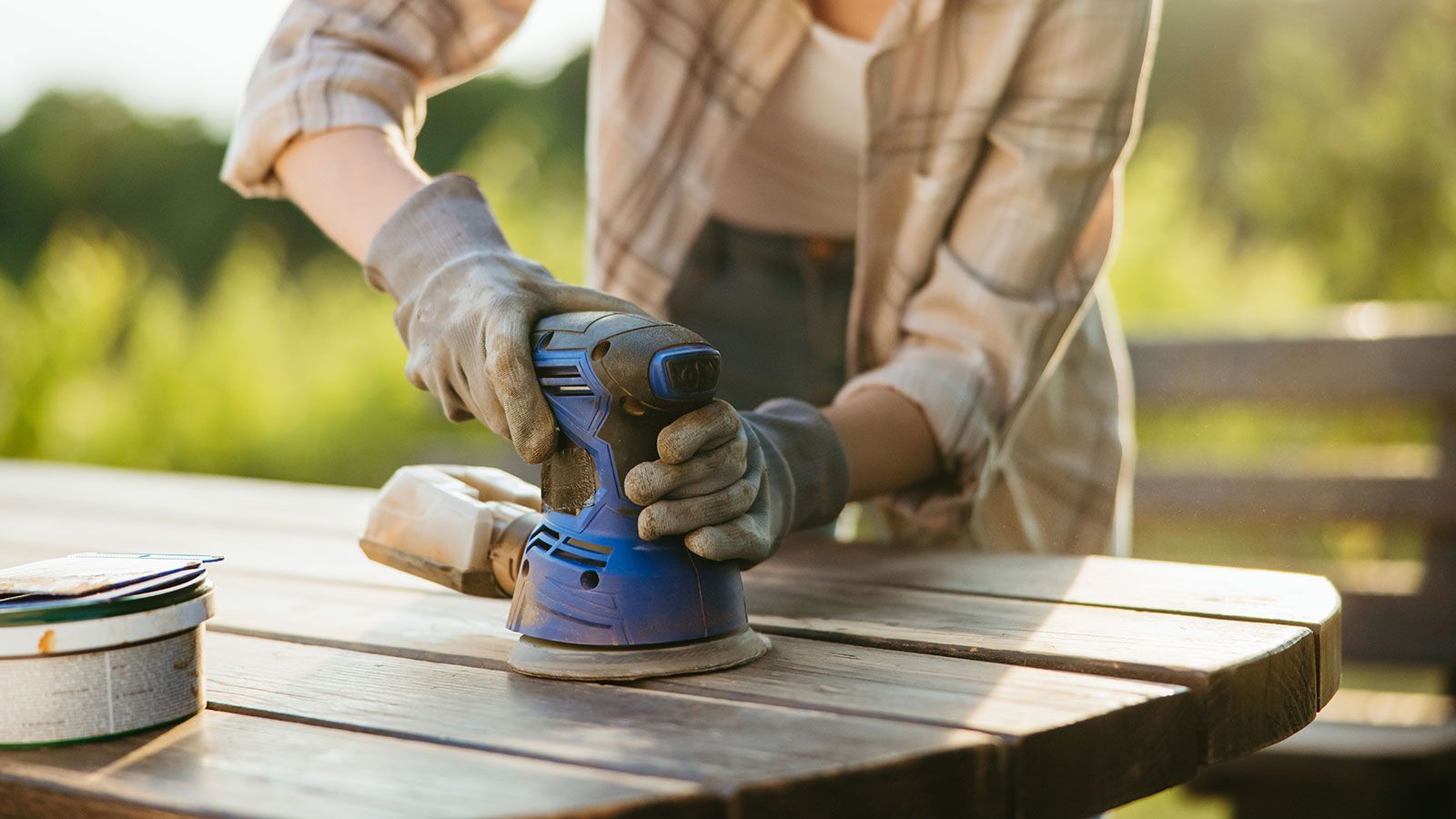
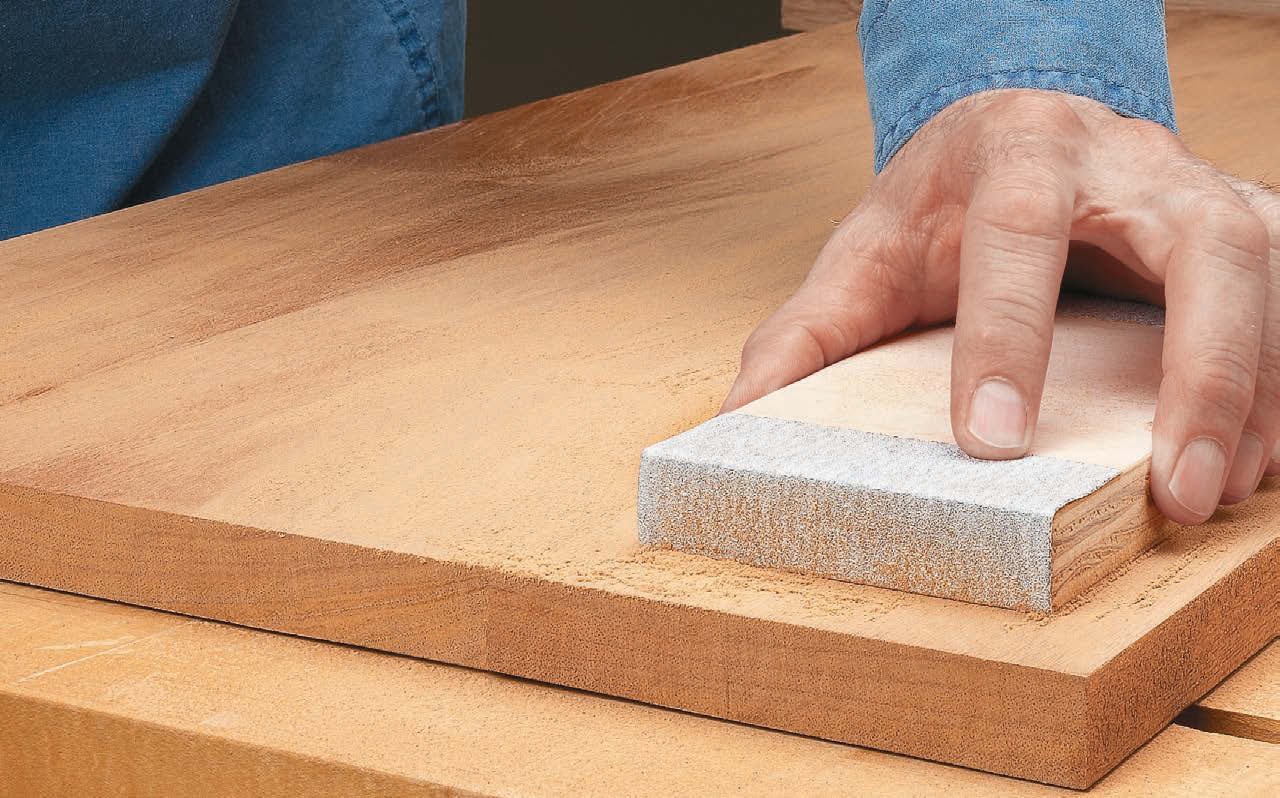
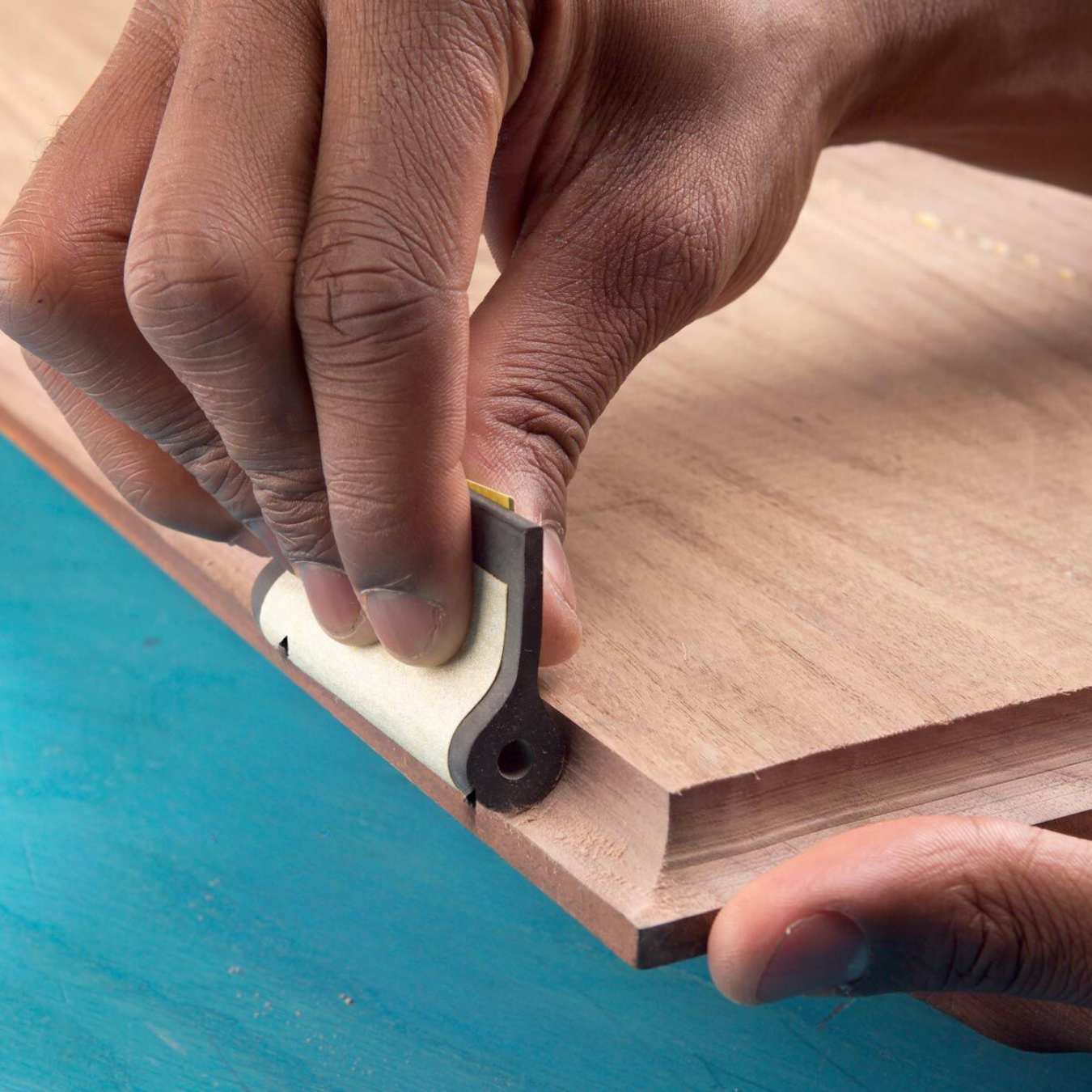
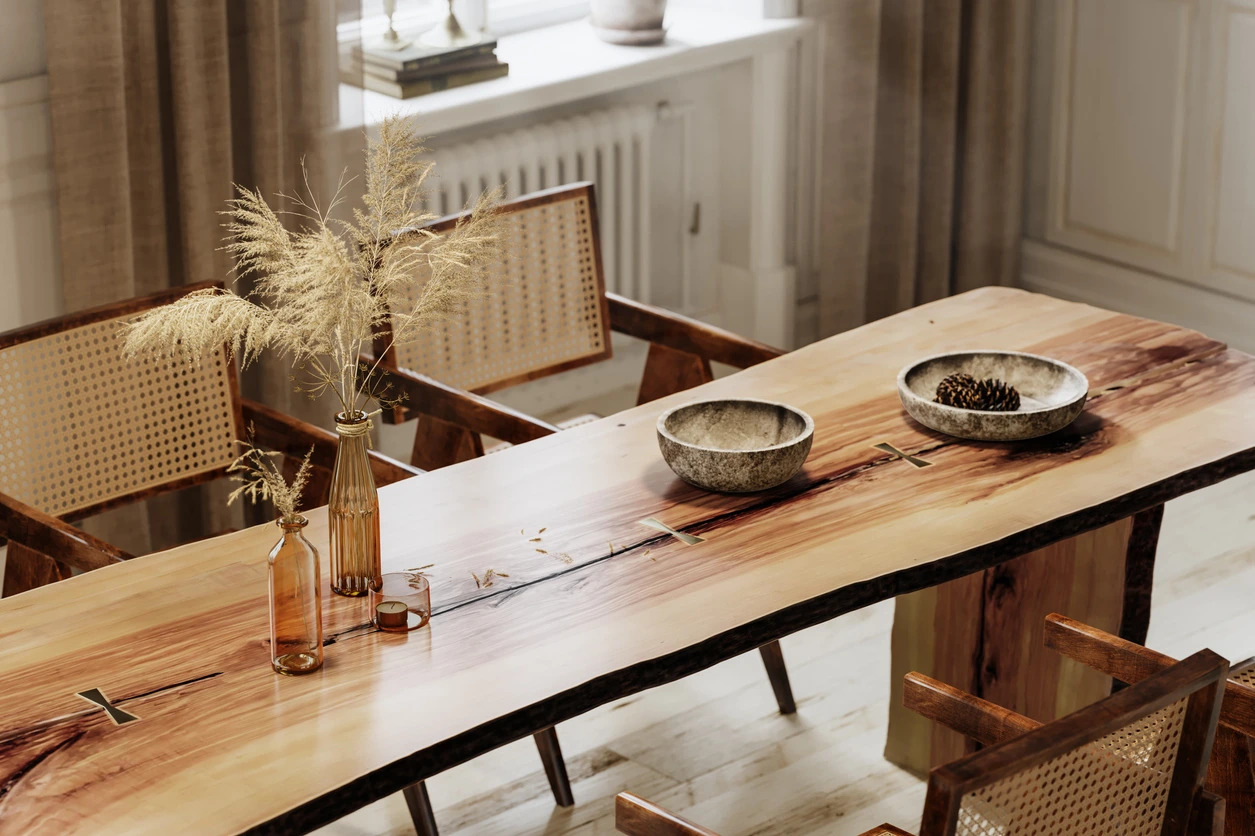
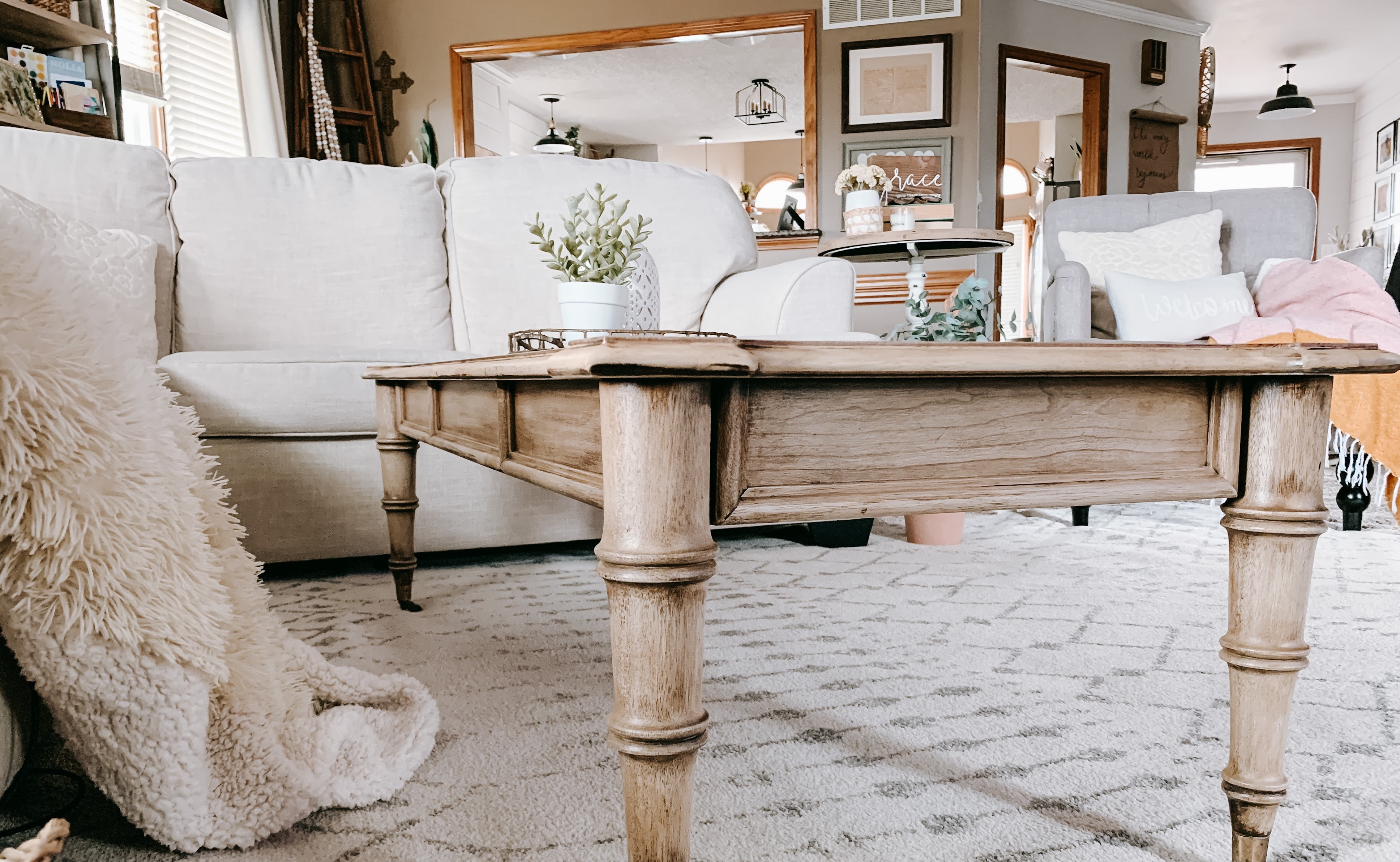
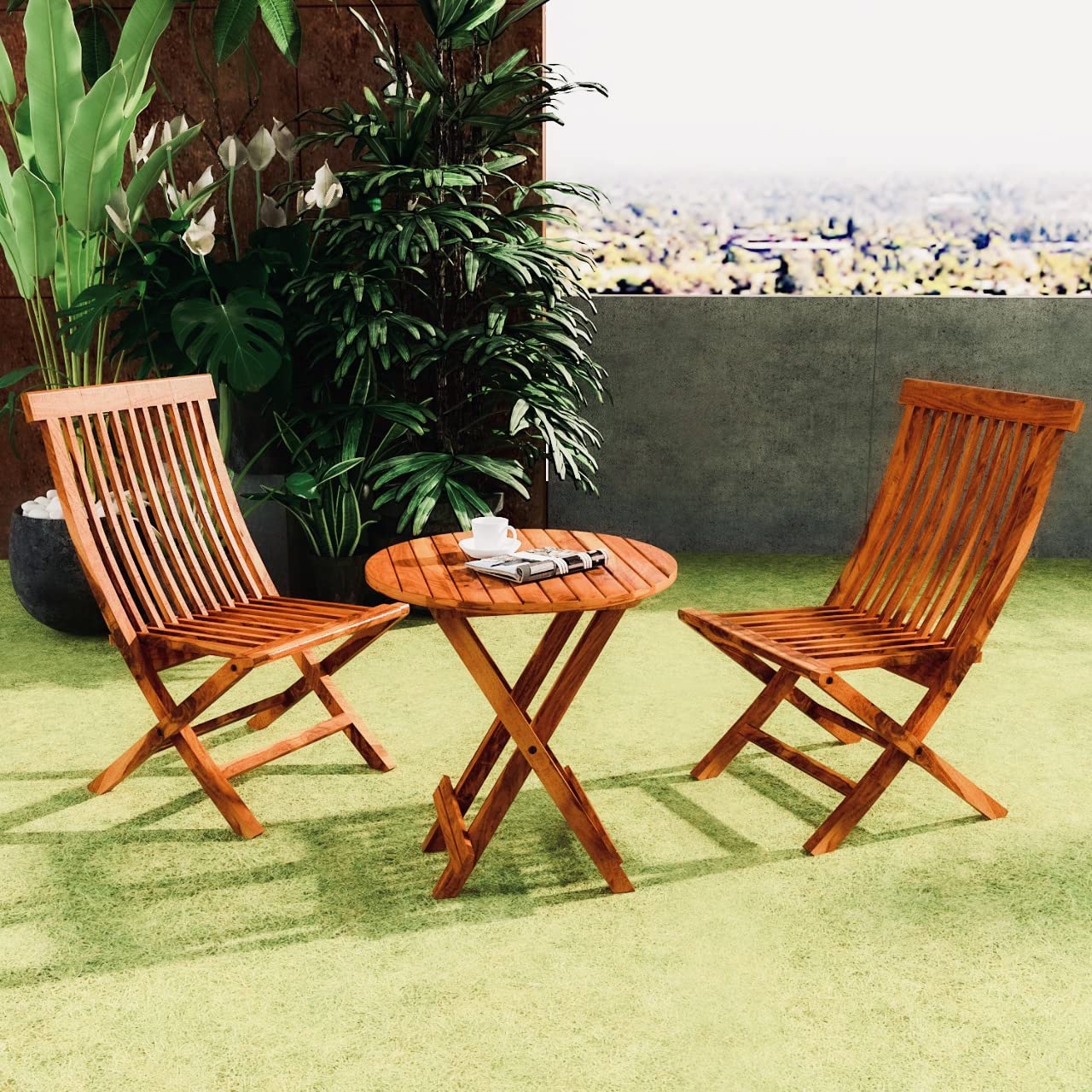
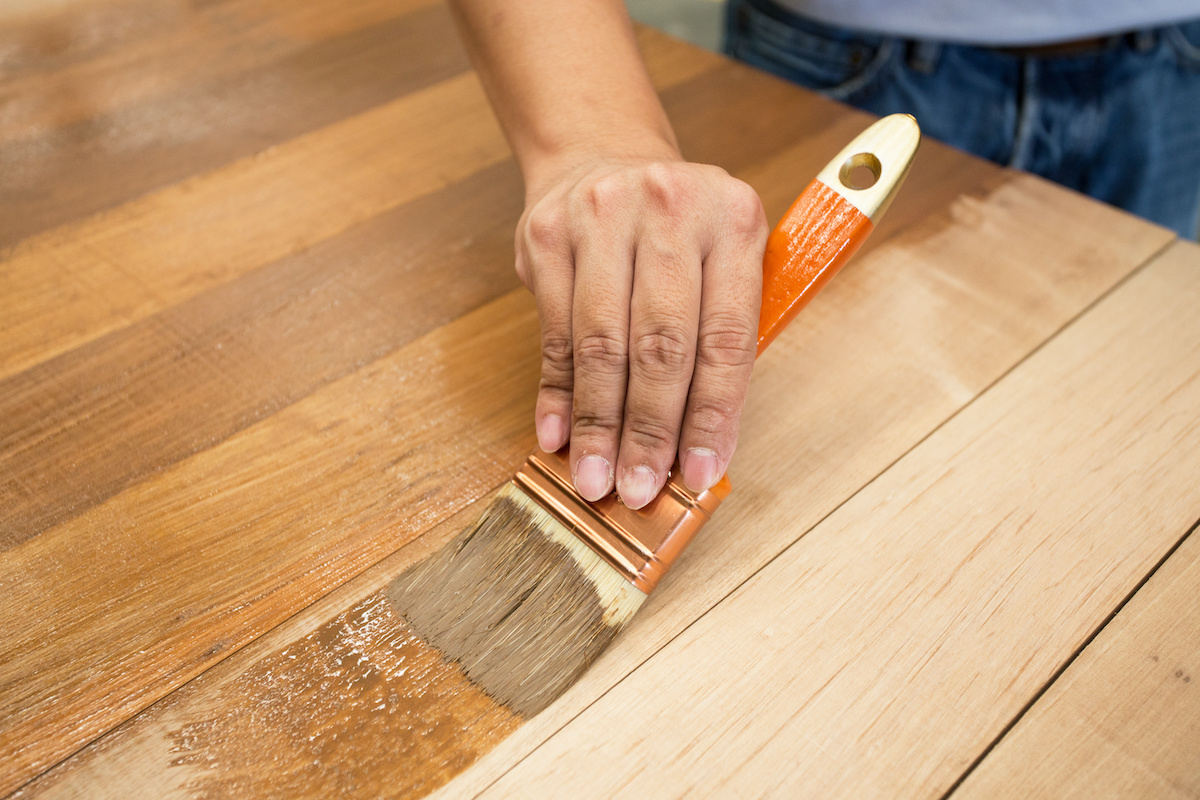
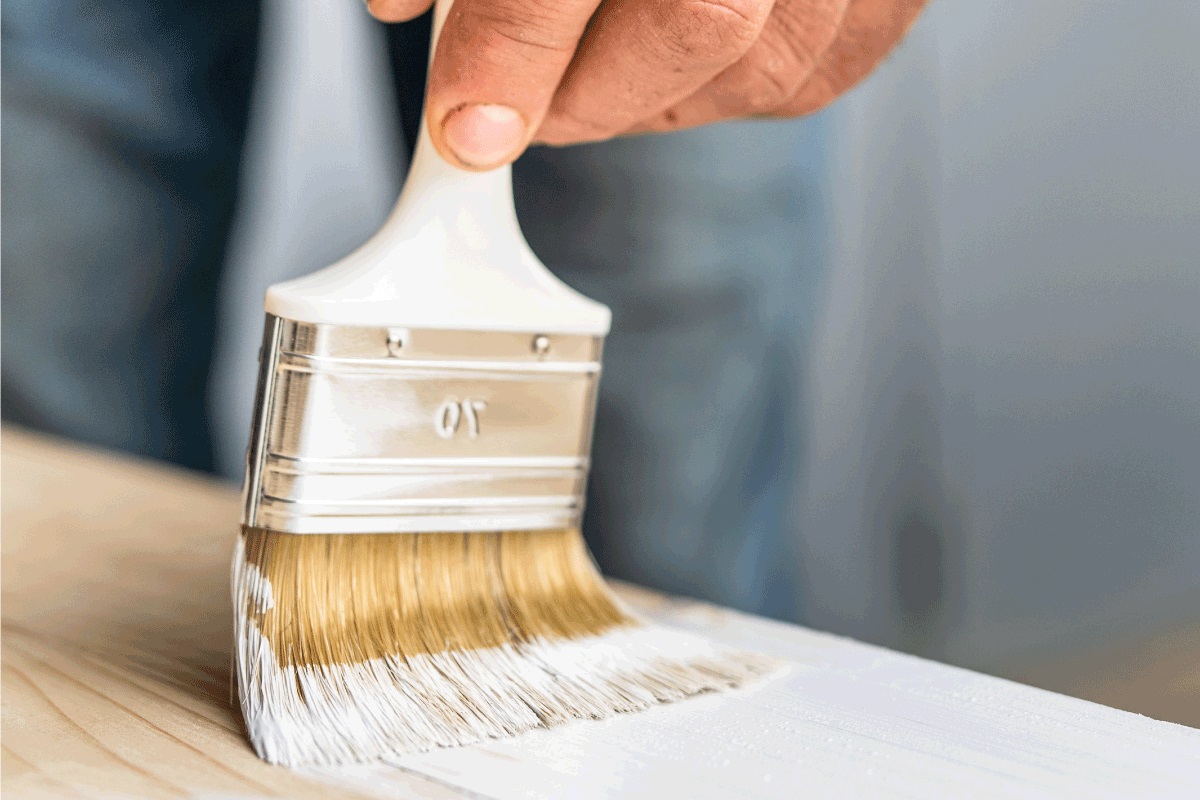
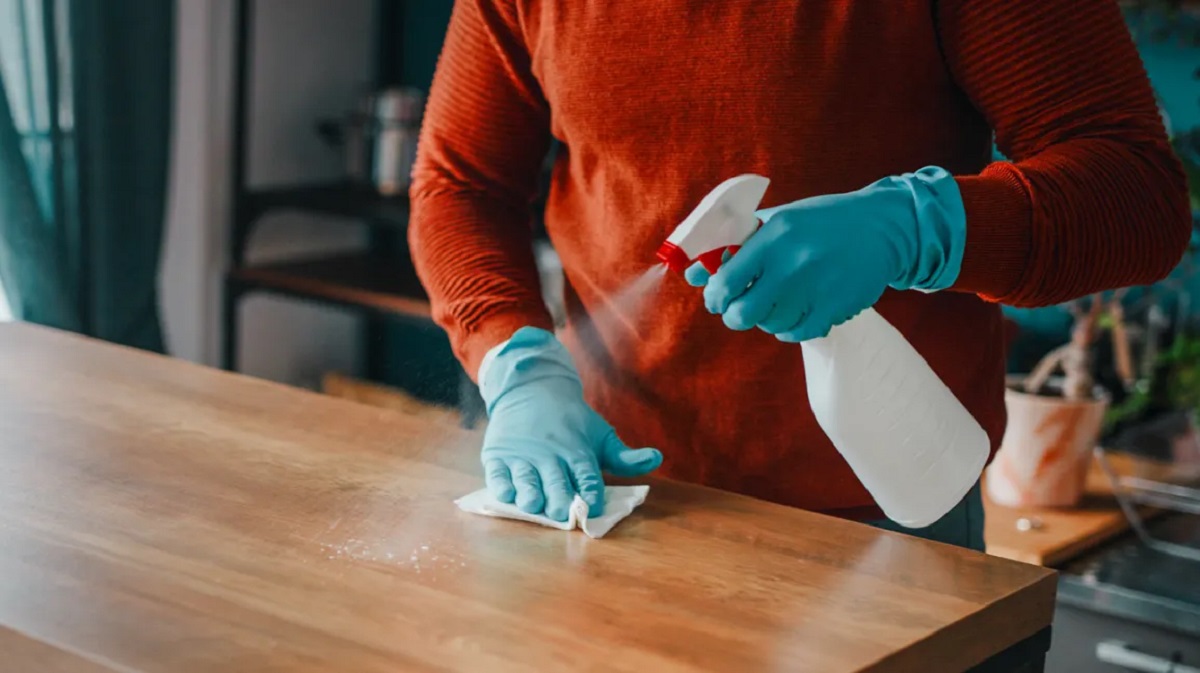
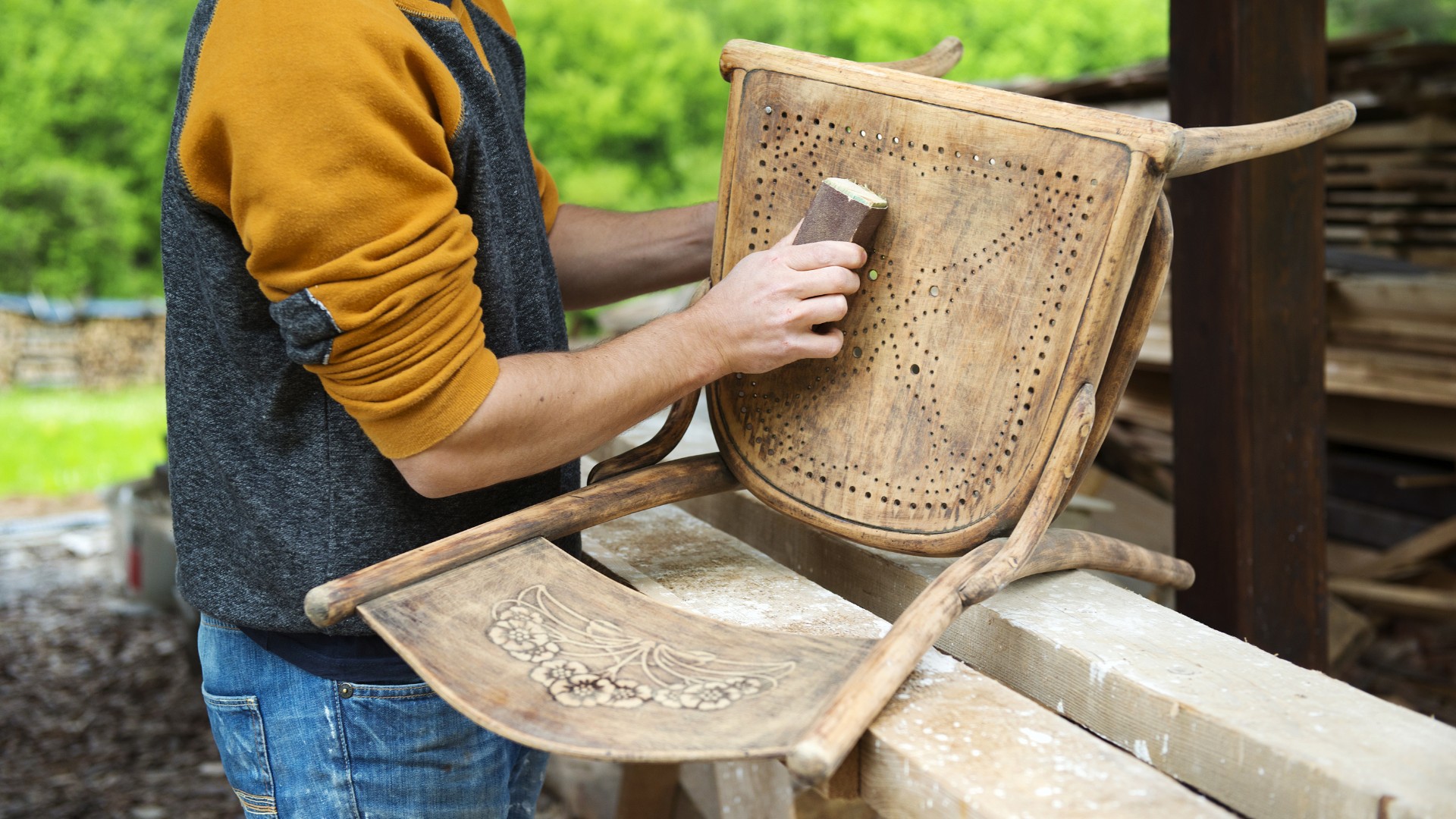

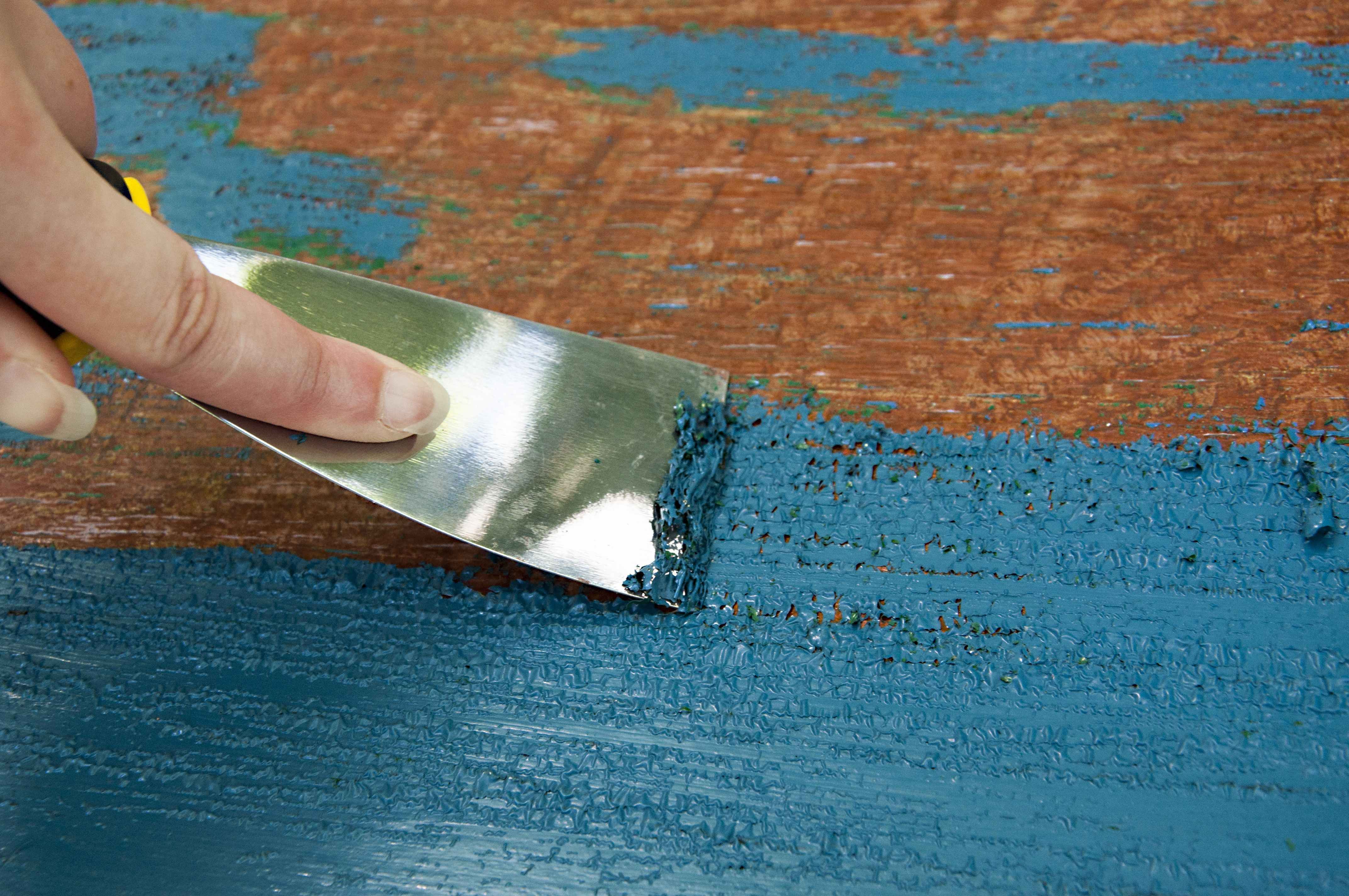

0 thoughts on “How To Sand Wood Furniture”